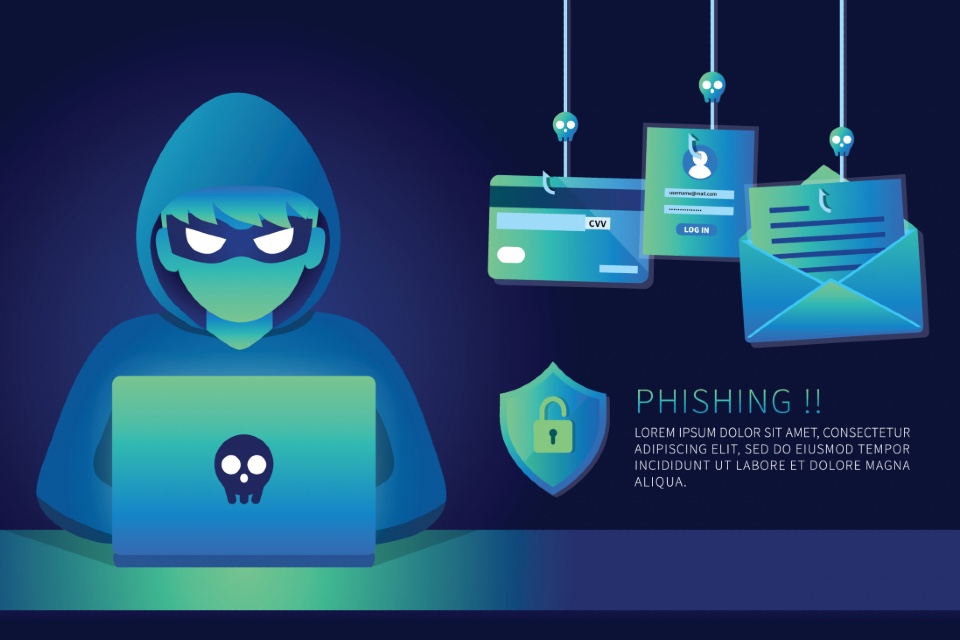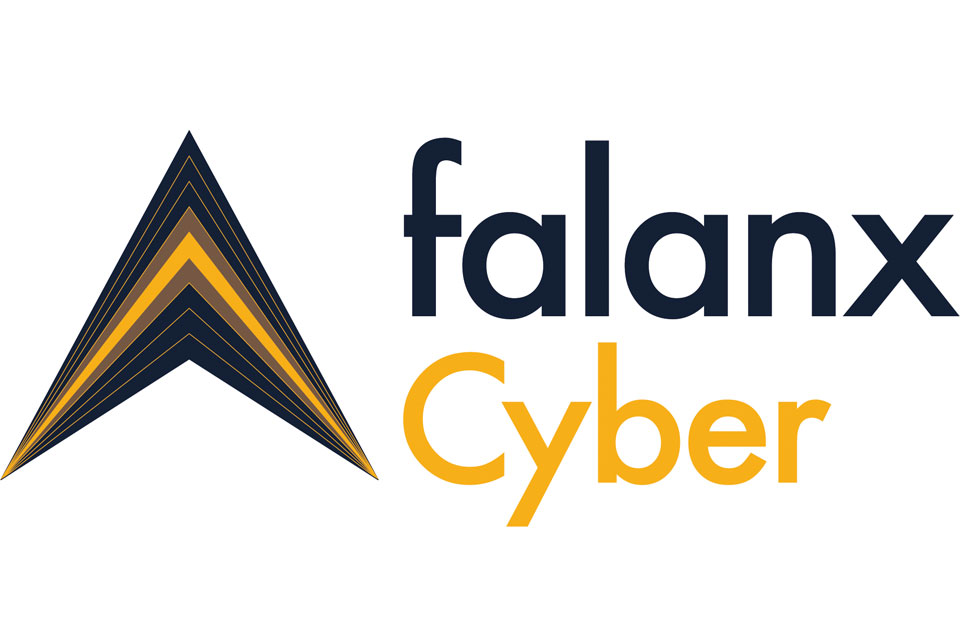PHISHING DETECTION MONTH: Casting a wider net in the fight against cybercrime
https://cybersecureforum.co.uk/wp-content/uploads/2024/04/phishing-sigmund-Fa9b57hffnM-unsplash.jpg 960 640 Stuart O'Brien Stuart O'Brien https://secure.gravatar.com/avatar/81af0597d5c9bfe2231f1397b411745a?s=96&d=mm&r=gPhishing attacks remain a major cyber threat for organisations in the UK’s public and private sectors. These often sophisticated scams can cause significant financial losses, data breaches, and reputational harm. Fortunately, advancements in phishing detection solutions are empowering CIOs to stay ahead of cybercriminals. Let’s explore the key recent and future trends in this critical area, based on input from attendees at the Cyber Secure Forum…
Recent Trends:
- Machine Learning (ML) and AI-powered Threat Detection: Advanced analytics powered by ML and AI are revolutionizing phishing detection. These systems can analyze emails in real-time, identifying suspicious language patterns, URL anomalies, and impersonation attempts that traditional filters might miss.
- Email Spoofing Detection: Phishing emails often spoof legitimate sender addresses. Advanced detection solutions can analyse email headers, sender domain names, and other technical indicators to identify spoofing attempts.
- Integration with Security Awareness Training: Phishing detection works best when complemented by effective security awareness training for staff. Modern solutions can integrate training modules to educate employees on recognizing phishing tactics and reporting suspicious emails.
- Focus on User Behaviour Analysis: Emerging solutions can analyze user behaviour patterns. Deviations from normal behaviour, such as clicking unusual links or opening suspicious attachments, can indicate a potential phishing attempt.
Future Trends:
- Simulating Phishing Attacks (Phishing Simulations): Simulations allow organizations to proactively test their employees’ ability to identify phishing emails. These simulations create a realistic learning environment and reinforce best practices.
- AI-powered Content Analysis: AI can go beyond analysing text and can now analyze images and attachments within emails. This allows for detection of sophisticated phishing attempts that use malicious code or embedded threats.
- Focus on Dark Web Monitoring: Cybercriminals often sell stolen credentials or information on the dark web. Phishing detection solutions can monitor the dark web for mentions of the organization or its employees, enabling proactive mitigation strategies.
- Decentralized Email Security: As email security protocols evolve, phishing attempts might shift to decentralized communication platforms. Phishing detection solutions will need to adapt to address threats across a wider range of communication channels.
- Behavioural Biometrics for Email Verification: Emerging technologies might analyze a user’s typing style, mouse movement patterns, or other behavioural factors during the login process. Deviations from normal behaviour could indicate a compromised account potentially being used for phishing attacks.
Benefits for Organisations:
Implementing these trends offers several benefits for UK organisations:
- Reduced Phishing Attacks: Effective phishing detection solutions can significantly reduce the number of successful phishing attempts, protecting sensitive data and financial resources.
- Enhanced Security Posture: A robust phishing detection system contributes to a stronger overall security posture, reducing the risk of cyberattacks.
- Improved Staff Awareness: Integration with security awareness training empowers employees to identify and report phishing attempts, creating a more vigilant workforce.
- Reduced Downtime and Recovery Costs: By preventing successful phishing attacks, organizations can minimize security incidents, downtime, and associated recovery costs.
- Improved Compliance: Strong phishing detection demonstrates a commitment to cybersecurity, which can be beneficial for compliance with industry regulations or data protection laws.
Phishing attacks are constantly evolving, but CIOs have an array of powerful tools at their disposal. By embracing these trends in phishing detection solutions, organizations can create a more secure digital environment for employees, data, and critical infrastructure. This translates to a more resilient and cyber-aware workforce, better equipped to defend against sophisticated phishing threats.
Are you looking for Phishing Detection solutions for your organisation? The Cyber Secure Forum can help!










